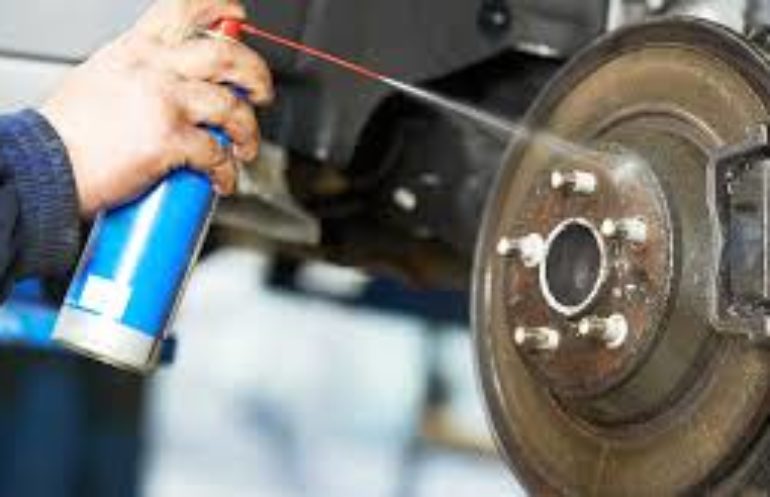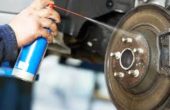Project Info
- Construction Date: 21-9-2019
- Location: Lahore
- Metal Cleaner :
Project Details
Polishing and buffing are finishing processes for smoothing a workpiece’s surface using an abrasive and a work wheel or a leather strop. Technically polishing refers to processes that use an abrasive that is glued to the work wheel, while buffing uses a loose abrasive applied to the work wheel.
More Project Details
Polishing and buffing are finishing processes for smoothing a workpiece’s surface using an abrasive and a work wheel or a leather strop. Technically polishing refers to processes that use an abrasive that is glued to the work wheel, while buffing uses a loose abrasive applied to the work wheel. Polishing is a more aggressive process while buffing is less harsh, which leads to a smoother, brighter finish.[1] A common misconception is that a polished surface has a mirror bright finish, however most mirror bright finishes are actually buffed.
Polishing is often used to enhance the appearance of an item, prevent contamination of instruments, remove oxidation, create a reflective surface, or prevent corrosion in pipes. In metallography and metallurgy, polishing is used to create a flat, defect-free surface for examination of a metal’s microstructure under a microscope. Silicon-based polishing pads or a diamond solution can be used in the polishing process. Polishing stainless steel can also increase the sanitary benefits of it.
The removal of oxidization (tarnish) from metal objects is accomplished using a metal polish or tarnish remover; this is also called polishing. To prevent further unwanted oxidization, polished metal surfaces may be coated with wax, oil, or lacquer. This is of particular concern for copper alloy products such as brass and bronze.[2]
While used less extensively than traditional mechanial polishing, electropolishing is an alternative form of polishing that uses the principles of electrochemistry to remove microscopic layers of metal from a base surface.[3] This method of polishing can be fine tuned to give a wide range of finishes, from matte to mirror-bright. Electropolishing also has an advantage over traditional manual polishing in that the finished product will not experience the compression and deformation traditionally associated with the polishing process.


